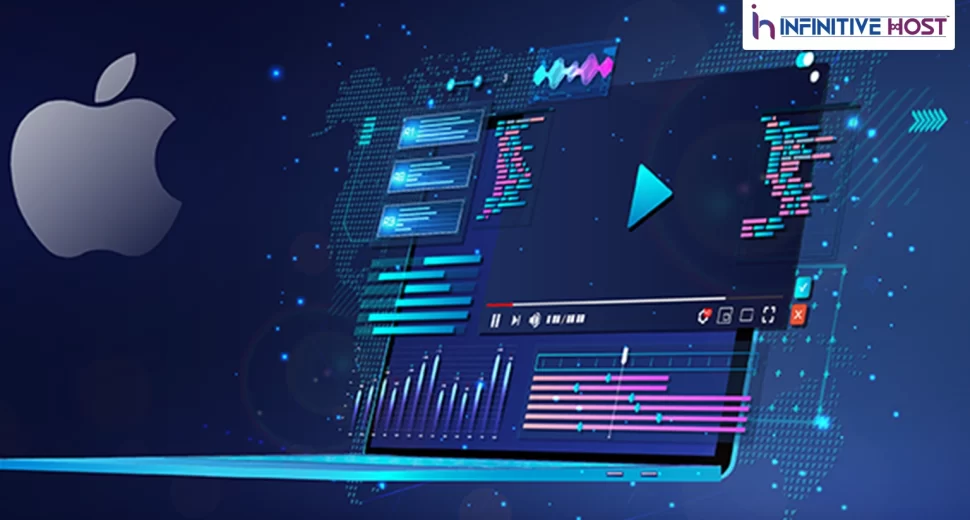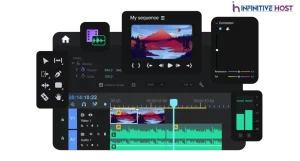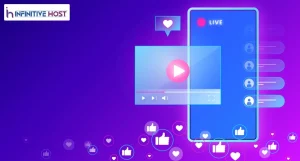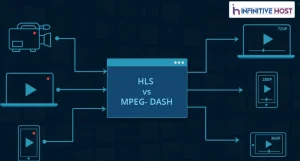Video and audio packets are streamed through a delivery network to the user’s playback device as part of the term “streaming.” When sending on-demand material to their viewers, broadcasters and content distributors from a variety of fields and sectors often employed the widely used RTMP and RTSP protocols. As a result, broadcasters are now able to transmit high-quality and low latency video streaming to their viewers using HLS or HTTP live streaming protocols, rather than RTMP and RTSP.
As a result of its interoperability with most current devices, including smartphones, game consoles, linked TVs, and laptops, HLS allowed broadcasters to provide content to the people. By eliminating the need for RTMP encoders, broadcasters may send files straight from hosting platforms to the devices of their viewers.
What are the advantages of HLS Streaming, and why should you use it?
Directly from the media servers, HLS or HTTP live streaming protocol carries video and audio data across many displays with low lag/latency. HLS’s adaptive bitrate streaming also enables broadcasters to offer optimum material, such as live and on-demand streaming, to a wide spectrum of users, regardless of their bandwidth circumstances or playback device capabilities. Viewers enjoy a lag-free watching experience thanks to progressive downloads and adaptive bitrates. Professional broadcasters rely on HTTP live streaming (HLS streaming) because of its many benefits over competing streaming protocols.
How does HLS function?
Following the encoding of several files at varying data speeds, HLS video streams are divided into chunks or packets of data. Afterwards, these data packets and their are loaded onto an HTTP server. For each encoded stream, an M3U8 extension tells the player exactly how to reassemble the files. A streaming server is not required because the player is able to adapt to shifting bandwidth.
– Codecs
Data files are compressed and decompressed using codecs, a portmanteau name for coder/decoder software. Codecs are used to aid transfer data via delivery networks. After the data has been encoded and decoded by the encoder, the viewer’s device may play it back.
– HLS with low latency
Apple created the low-latency HLS extension to further reduce latency. Low-latency HLS was added to the regular HLS feature set once the old protocol was replaced with HTTP/2PUSH delivery. Latency was further decreased as a consequence, allowing viewers to enjoy an uninterrupted watching experience.
– RTMP to HLS Workflow
After capturing and encoding the stream using RTMP, the camera distributes it to many media players via HLS and RTMP. Many content providers are choosing to use Real-time Messaging Protocol (RTMP) to encode their streaming material and then repackage it for HLS distribution once it reaches the media server due to the huge reduction in latency provided by HLS.
The following are some of the benefits of using HLS streaming:
The HLS streaming protocol allows video distributors to take use of global content delivery networks (CDNs) to provide high-quality viewing experiences throughout the globe. Apple’s Quicktime, iOS, and Safari browsers were the first to adopt and implement this technology, but it swiftly spread to other browsers.
– Adaptive bitrate streaming: Let’s say you want to give high-quality streaming to all users, including those with small displays and weak connections. As network speed and device compatibility fluctuate, HLS streaming automatically adjusts the resolution for each user. Broadcasters can send high-quality broadcasts to customers with any available bandwidth thanks to adaptive bitrate streaming — instead of providing one live feed at a single bitrate, a transcoder from the media server generates numerous streams at varying bitrates and resolutions.
– Using standard web servers on the worldwide Content Distribution Network, HLS may be rapidly scaled for delivery (CDN). HTTP server networks and CDNs share the strain in order to cope with viral viewership spikes that exceed expectations for live audiences. Improves overall watching experience by storing audio and video parts and delivering high-quality video streaming.
Some of the drawbacks of HLS Streaming are now out in the open:
Every new technology, as we are all aware, has both advantages and disadvantages. However, the HLS streaming protocol has just a few downsides in relation to its many advantages:
Apple’s low-latency update in 2019 fixed this problem, which had been caused by protocol delay due to the massive data packet transfers required for live streaming from the server to the network and from the network to the user’s device.
It causes a delay in your broadcast, which may be a major hindrance for fast and high-speed live streaming. Because of the very low latency of HLS streams, this is typically not a problem for most consumers, since it will have little effect on their overall experience.
Broadcasters may use HLS to distribute their streaming material to a wide audience because it is supported by a wide range of browsers, devices, and operating systems.
If this article was useful in introducing you to HLS streaming protocol basics, we’d appreciate your feedback.
Transcoding and delivering streams through our fully managed services are both possible with Infinitive Host’s HLS streaming. With our video streaming solution, you may begin your first HLS live broadcast today and reach a vast audience.









